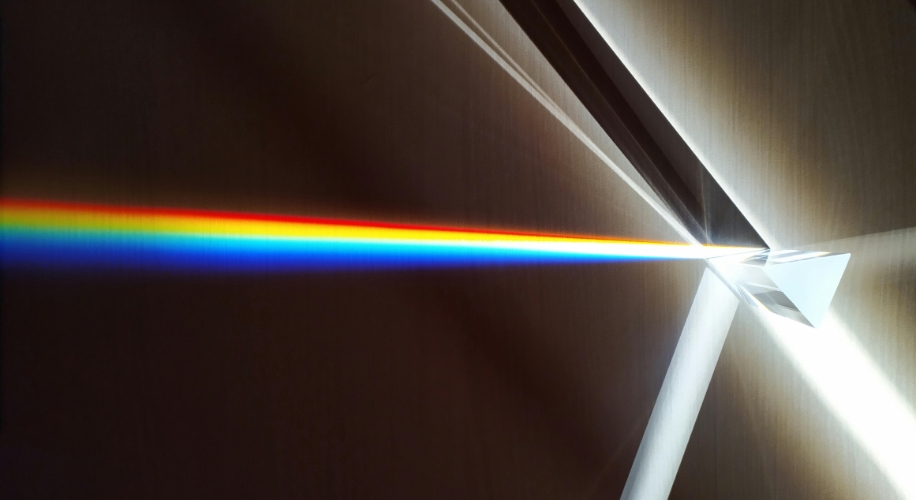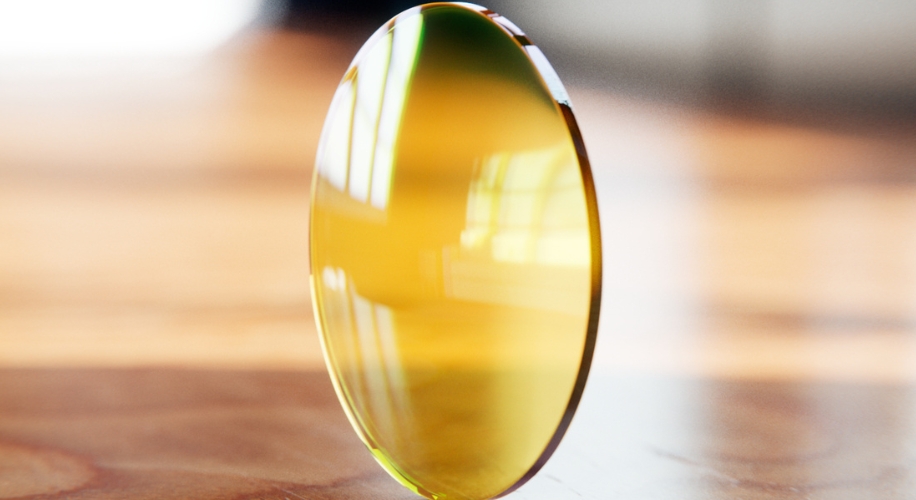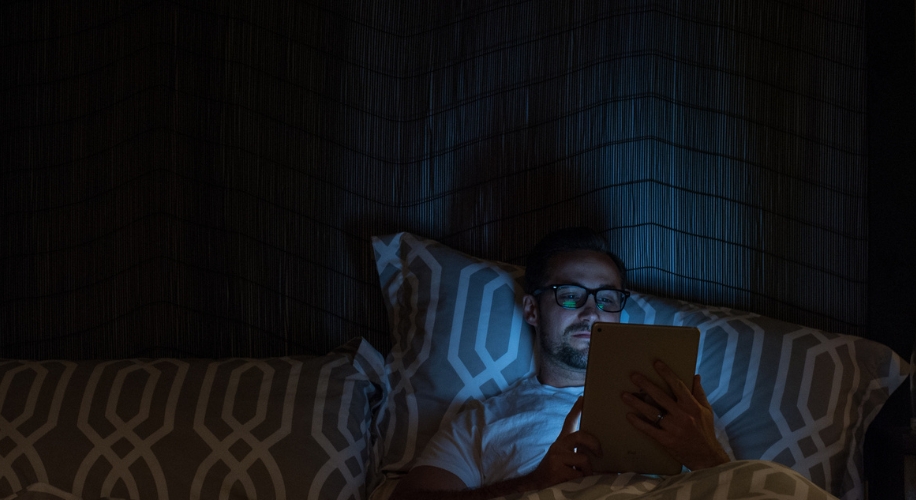Digital Eye Defense: Ways to Mitigate Blue Light in Daily Life
- BY Catherine Ong
- IN Eye Care
A Brief Review of the Visible Light Spectrum
The visible light spectrum is a captivating rainbow of colors that we encounter daily. Spanning from violet to red, this spectrum consists of light of various wavelengths, each contributing to the vibrant world we perceive. Our perception of light depends on how each wavelength interacts with the photoreceptors in our retina. Not all wavelengths are created equally – light with longer wavelengths has higher frequency and therefore higher energy.

Photo from Pexels by Dobromir Hristov
High Energy Blue Light
Among the colors in the visible light spectrum, blue light holds a unique position. Blue light, with shorter wavelengths and higher energy, is prevalent in sunlight and many digital devices. While exposure to natural blue light is crucial for regulating our circadian rhythm and boosting alertness during the day, prolonged exposure to artificial sources can have implications for eye health.
Extended screen time contributes to digital eye strain, characterized by symptoms like dry eyes and blurred vision. Blue light exposure, particularly during evening hours, can interfere with the melatonin that controls the body’s natural sleep-wake cycle, impacting the quality of sleep.
Shop Blokz Blue Light Blocking Lenses
Mitigating Blue Light Exposure
Blue Light Blocking Glasses
One way to limit your exposure to blue light is with blue light blocking glasses, especially if you spend significant time in front of screens. Blue light blocking glasses have special coatings that help minimize a portion of blue light. They are most useful when worn during evening hours to improve sleep quality, but can be worn all day, especially with the sharp increase in device usage in the past few years. Zenni offers their own line of Blokz blue blocking lenses called Blokz which can be customized in how much blue light they filter and whether they darken outdoors.
Shop Blokz Blue Light Blocking Lenses
Screen Time Management
Implement the 20-20-20 rule: Every 20 minutes, look at something 20 feet away for at least 20 seconds. This practice helps alleviate eye strain by relaxing the muscles in and around your eyes. Performing blinking exercises during these breaks can help mitigate dry eye, too. Set reminders or use apps that prompt you to take breaks and stretch your eyes.
Proper Lighting
Ensure a well-lit environment with proper lighting to reduce glare and optimize screen visibility. Position screens at or below eye level to minimize strain on neck and eye muscles. Use ambient or indirect lighting to create a comfortable visual environment.
Shop These Zenni Frames
Night Mode Settings
Activate night mode or warm color settings on your devices during the evening. This feature reduces the amount of blue light emitted and promotes a warmer, more amber-toned display. Many smartphones, tablets, and computers have this feature that can be scheduled to turn on automatically in the evening.
Shop Blokz Blue Light Blocking Lenses
While blue light is a natural component of the visible light spectrum, managing its exposure in this current world of digital devices is pivotal in maintaining eye health and comfort. Incorporating simple adjustments and mindful practices can significantly reduce the potential adverse effects of prolonged screen time.




